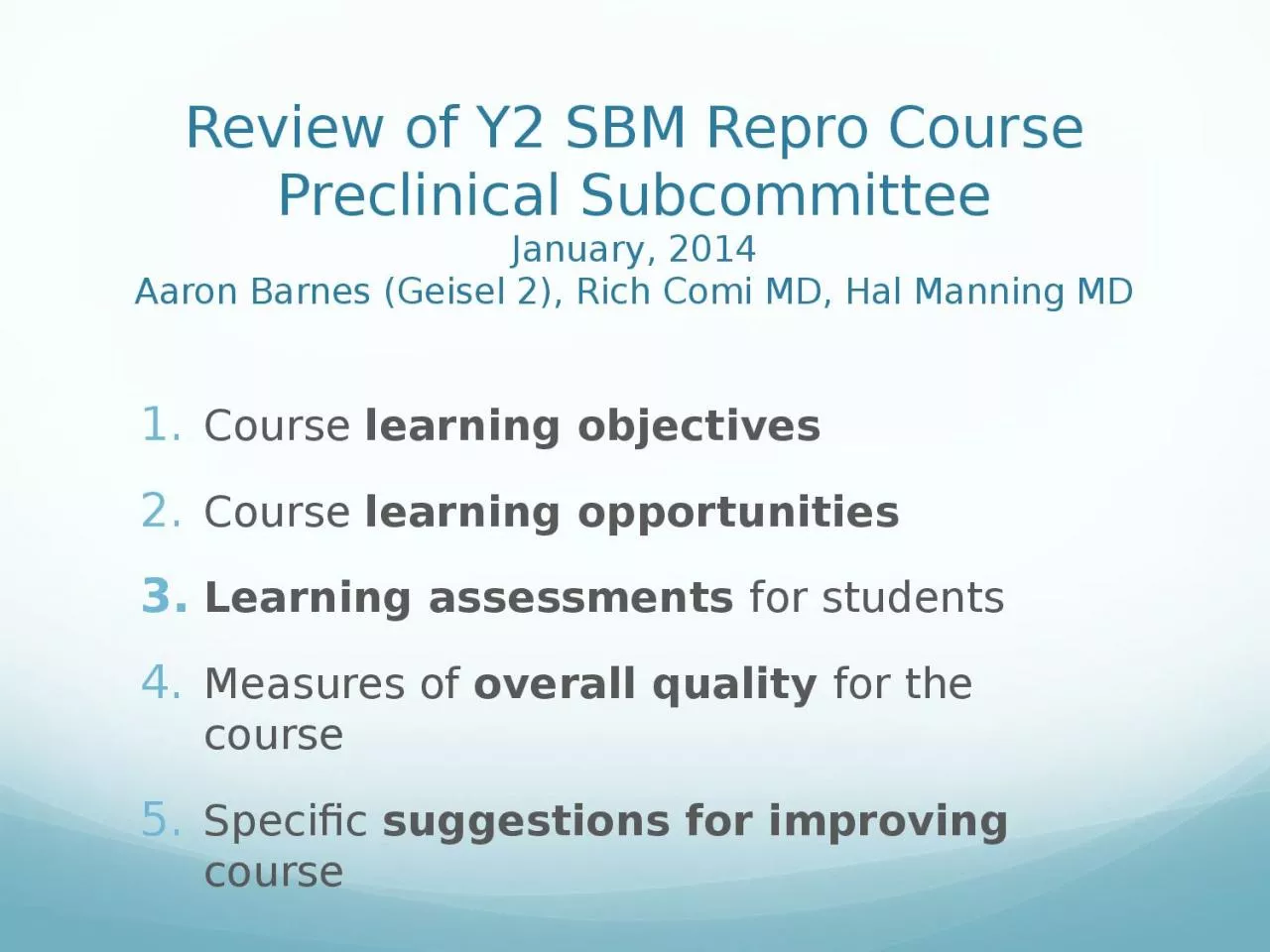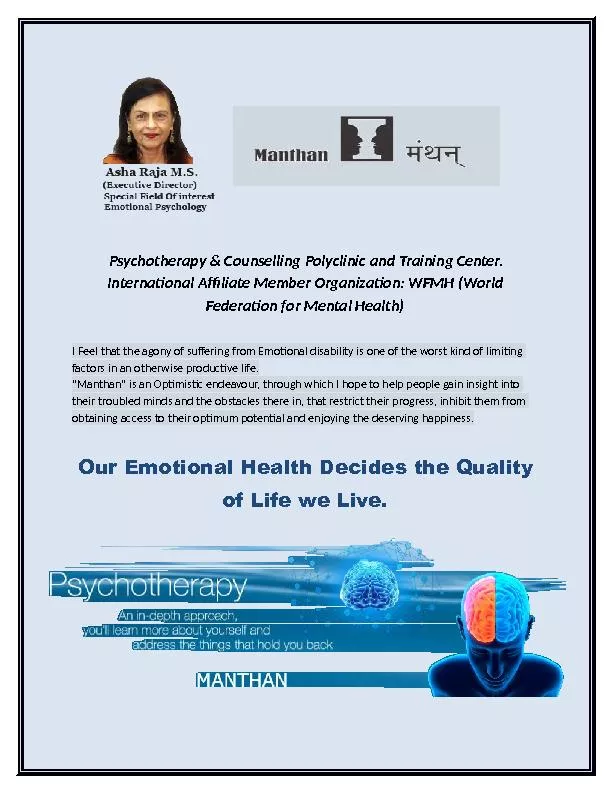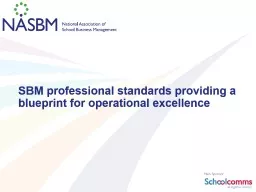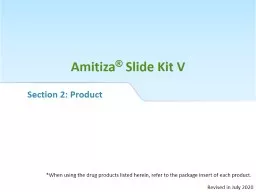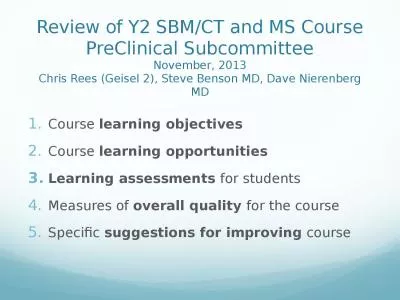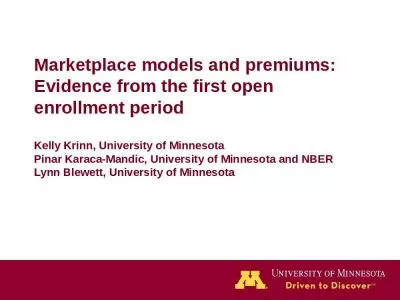PPT-Review of Y2 SBM Repro Course
Author : carny | Published Date : 2023-07-19
Preclinical Subcommittee January 2014 Aaron Barnes Geisel 2 Rich Comi MD Hal Manning MD Course learning objectives Course learning opportunities Learning assessments
Presentation Embed Code
Download Presentation
Download Presentation The PPT/PDF document "Review of Y2 SBM Repro Course" is the property of its rightful owner. Permission is granted to download and print the materials on this website for personal, non-commercial use only, and to display it on your personal computer provided you do not modify the materials and that you retain all copyright notices contained in the materials. By downloading content from our website, you accept the terms of this agreement.
Review of Y2 SBM Repro Course: Transcript
Download Rules Of Document
"Review of Y2 SBM Repro Course"The content belongs to its owner. You may download and print it for personal use, without modification, and keep all copyright notices. By downloading, you agree to these terms.
Related Documents

